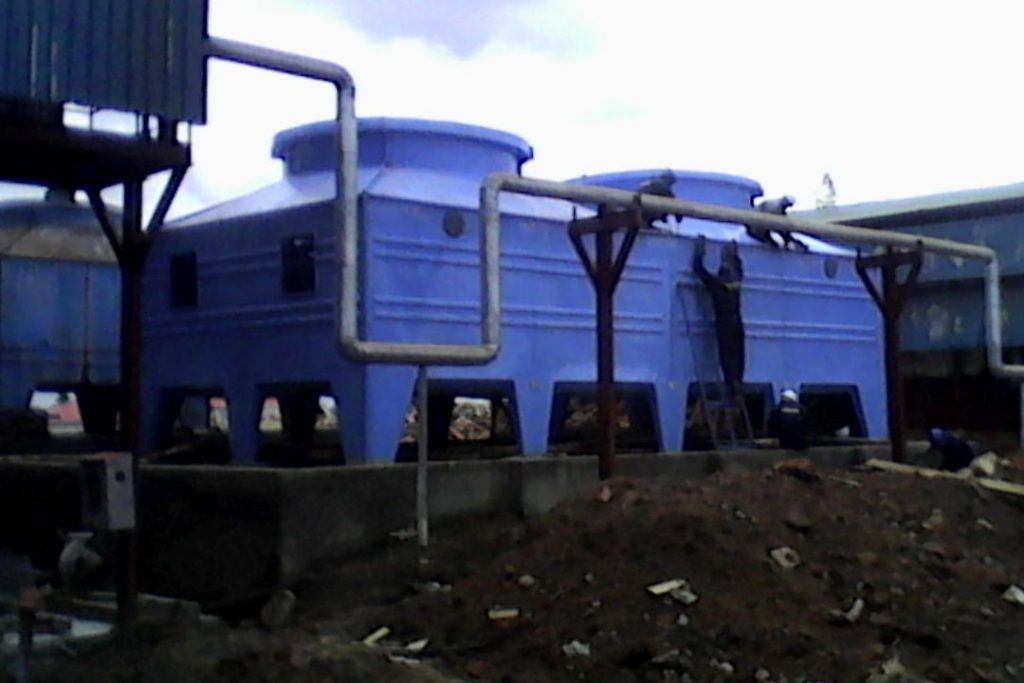Drift Eliminators in Cooling Towers: Purpose, Types & Function
What is a Drift Eliminator?
A drift eliminator is a critical cooling tower component that captures water droplets entrained in the exhaust air stream, preventing wasteful water loss (“drift”) and reducing environmental impact. It ensures only clean, dry air exits the tower.
Key Functions
- Water Conservation
- Recaptures 99%+ of escaping droplets, saving makeup water.
- Chemical Reduction
- Prevents loss of treatment chemicals (e.g., biocides, scale inhibitors).
- Environmental Compliance
- Meets EPA and local regulations on drift emissions.
- Neighbor Protection
- Stops mist from settling on nearby structures or vegetation (preventing corrosion/icing).
How Drift Eliminators Work
- Airflow Path: Hot, moist air passes through zigzag eliminator blades.
- Droplet Capture: Water droplets collide with blades, coalesce, and drain back into the tower.
Dry Air Exit: Only vapor escapes, minimizing water loss (<0.001% of flow rate in modern
- designs).
Types of Drift Eliminators
| Type | Design | Best For | Efficiency |
| Blade-Type | Angled PVC/PP blades in staggered rows | Most industrial towers | 99.9% |
| Mesh-Type | Wire or plastic mesh screens | Small HVAC towers | 98–99% |
| Chevron-Type | Wavy-pattern FRP panels | High-velocity air streams | 99.5% |
| Honeycomb | Cellular structure (like fill media) | Specialty applications | 99% |
Materials Used
- PVC/PP Plastic (most common: corrosion-resistant, lightweight).
- Fiberglass (FRP) (for harsh chemical environments).
- Stainless Steel (high-temperature applications).
Performance Factors
Water Load – Eliminators handle ~20–30% of tower’s total water flow.
Signs of Failing Drift Eliminators
- Visible mist near tower exhaust.
- Increased makeup water usage.
- Chemical concentration imbalances.
- Ice formation on nearby structures (in cold climates).
Maintenance Tips
- Quarterly Inspections – Check for clogging, biofilm, or physical damage.
- Annual Cleaning – Remove scale/debris with low-pressure water.
- Replacement Cycle – Every 5–10 years (sooner if blades warp or crack).
Drift vs. Evaporation
- Drift: Physical water droplets escaping (~0.01% of flow).
- Evaporation: Intentional water-to-vapor conversion (~1–2% of flow).
Industry Standards
- CTI (Cooling Tower Institute): Limits drift to 0.0005–0.002% of circulating water.
- ASME: Requires eliminators in all mechanical draft towers.
Upgrade Benefits
- ROI: Saves thousands of gallons of water/year.
- Chemical Savings: Reduces treatment costs by 10–15%.
